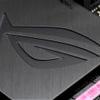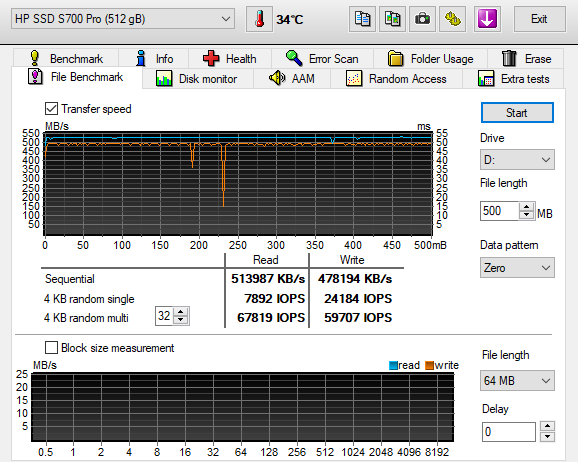Benchmarks: Storage
SATA 6 Gbps performance
Below, we show SATA3 6 Gbps (BIOS at AHCI mode) performance with a SATA3 SSD. Here we are using a SATA3 connection directly to the processor.
The SATA3 based SSD is connected to the SATA3 (6Gbps) chipset controller. AHCI mode is enabled in the BIOS, especially with SSDs that helps a little on peak performance. These native SATA3 (6 Gbps controllers) from both AMD and Intel are the fastest your money can get you really. Some motherboard partners will add 3rd party SATA3 controllers which often are a little limited in performance overall. Still, you'd see 300 to 400 MB/sec on such ports, plenty for an average SSD, HDD or optical unit of course.
M.2 SSD Storage Performance
M.2 brings small form factor add-in SSDs to our PC platform at blazing fast speeds. There is an abbreviation for that, NGFF (Next Generation Form Factor). It is not just that though, SATA3 has not been amongst us for that long, but the SSDs evolved in a very fast manner, making SATA3 already a bottleneck for current generation SSDs as SATA3 SSDs end at roughly 550 MB/sec in terms of read/write performance. Original M.2 PCI-E SSDs are merely small form factor SSDs that communicate over your PCI Express lanes, providing 10 Gbps of bandwidth, eliminating SATA3 bottlenecks.
M.2 links directly to your PCIe lanes and, as such, is an interface with much more available bandwidth. You can expect performance in the upper 2,500 MB/sec range, even reaching 3,000 MB/sec with these products. BTW this SSD is used as OS root drive so the perf is a little flakey as it is actively used by the OS.



